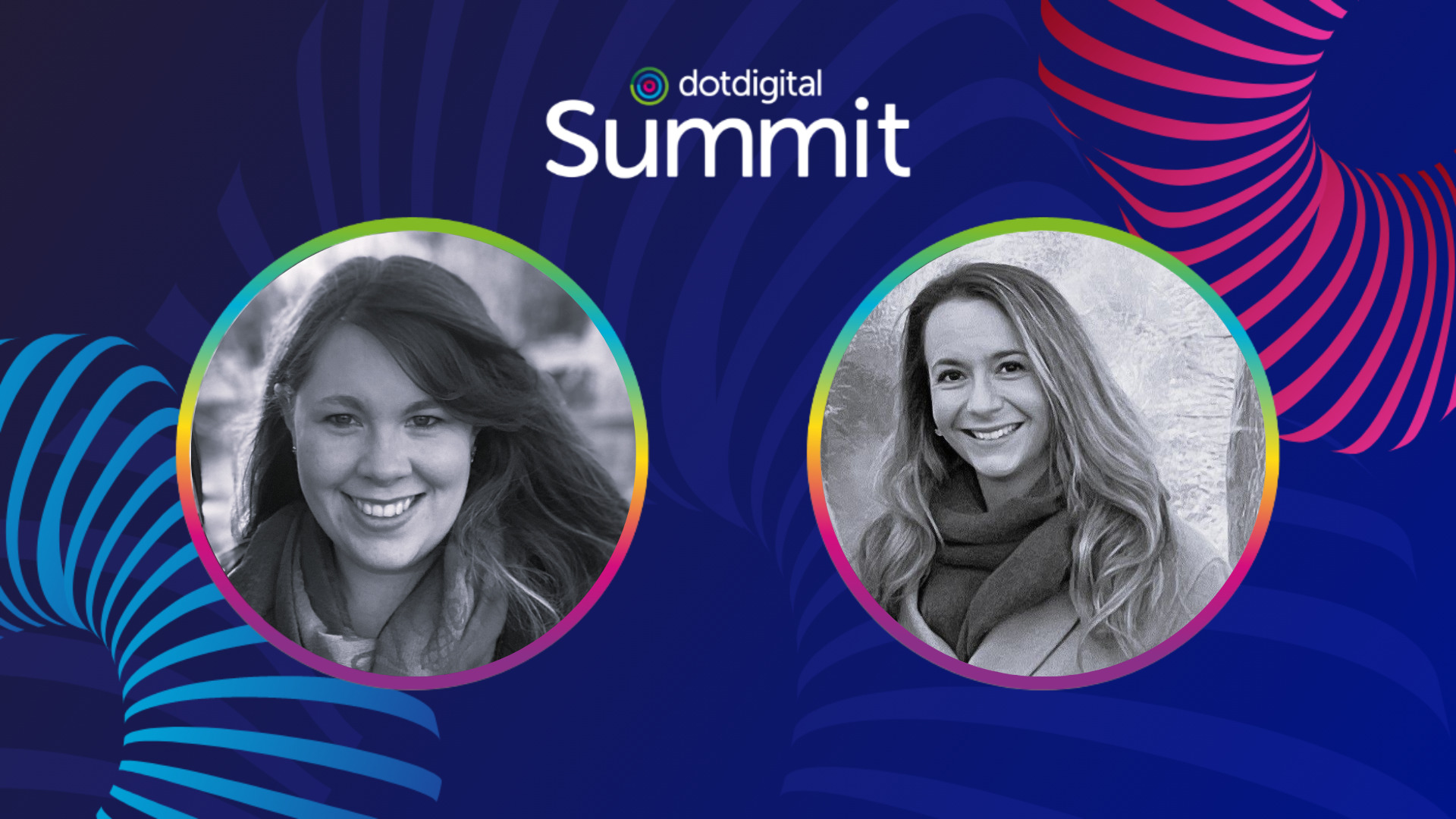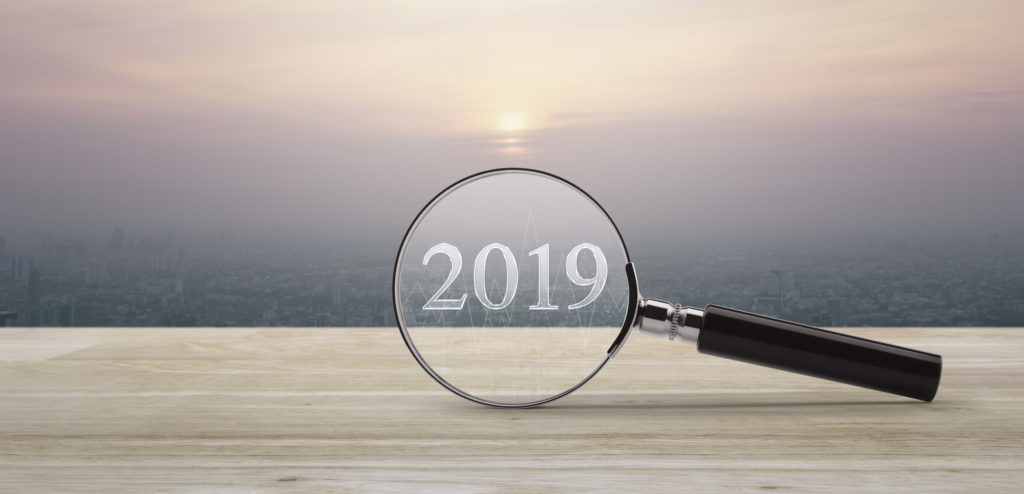Insights from Stroke Association’s Lily and Emma at the Dotdigital Summit

The Dotdigital Summit is only a week away and excitement is in the air. In this blog, we’re introducing you to Lily and Emma from the Stroke Association. With their expertise in digital marketing for a leading not-for-profit organization, they’ll be sharing valuable insights into crafting successful donor engagement strategies.
Read on to get a sneak peek into their Summit talk, where they’ll discuss the Stroke Association’s innovative creative messaging techniques and the art of developing impeccably crafted welcome journeys.
Q: Lily and Emma, could you introduce yourself and your roles at the Stroke Association?
Lily: Hello. I’m Lily, one of the Digital Marketing Managers at the Stroke Association. I work as the email and SMS lead for the charity to develop and deliver campaigns and online journeys. I’m responsible for delivering digital marketing activity to drive digital income and ensure the retention of our database.
Emma: And I’m Emma, I’m the Supporter Experience Manager at the Stroke Association. My role is responsible for making sure our donors receive a great experience after their first donation. I work really closely with Lily and her team to make sure all our activity is engaging and is working across multiple channels.
Q: We’re excited for your talk at this year’s Dotdigital Summit. What are you looking forward to sharing most in this session?
Lily: I’m most looking forward to sharing our testing over the years and how far we’ve come as an organization. There’s loads to share, from copy to creative and audience segmentation to journey optimizations.
Emma: I joined Stroke Association four years ago and we’ve all worked so hard to completely transform the program. Before we used to celebrate if we got a handful of gifts – now we feel disappointed if we don’t go over our targets. There’s been a lot of learning in that time, and it’s been great to work alongside Lily, means a lot of our recommendations from activity to activity get implemented.
Q: How significant do you think customer journeys are for successful donor engagement?
Lily: Incredibly significant. It’s so important to thank donors, tell them about the huge impact they’re making, and bring them on your journey to further deepen their connection to the charity. Beyond welcome journeys, it’s vital to keep donors engaged through evergreen activity, for example, appeals, newsletters, and asking for feedback, so you can continually improve their experience.
Emma: Making sure you have the right journeys is crucial. People don’t fit in the nice little boxes you might want them to – they take up multiple actions, have lots of different interests, and give to us for all sorts of reasons. Many people give because they themselves have needed our support in the past. That’s why we’re also measuring donor engagement further down the line with our beneficiary audience after offering stroke support. We want to see if people engage further, for example, fundraising, volunteering, or helping us to campaign for change.
Q: Can you give us a sneak peek into the innovative messaging tactics that Stroke Association uses for deepening donor connections?
Lily: We started pretty much at the beginning with developing our email channel. Over the years we’ve focused on specific audiences, for example, cash donors, regular givers, supporters gifting in memory of someone, Legacy pledgers, and people receiving our stroke support services, and then tailored messaging to those individuals.
This has been done using personalization, segmentation, investigating previous donor history and behavior to tailor our copy accordingly, scheduling messages to send at the right time, and acknowledging the wider environment we find ourselves living in today.
Emma: I completely agree with Lily, we’ve been learning and building on what we had over the years. We’ve tried to make sure the program focuses on how amazing the donors are (not how great we are), make sure we’re always signposting to support they can access, and being as human as possible in the way we write to them. I do really long for the day when we can stop writing ‘It’s been another difficult year’ – I think we’re all just quite tired of things feeling really heavy. I am confident that our Christmas communications this year will have more hope than ever and be something uplifting this Christmas.
Q: A key topic of your discussion is strategic testing. How important is strategic testing in refining donor engagement tactics?
Lily: Strategic testing is crucial. I’m really lucky to work with our Supporter Experience Team who’re always supportive of trying something new. If you don’t test, you’ll never know what works, what could be developed, and equally important, what should be left in the past.
We’ve A/B tested everything from copy style, copy length, CTA’s, contributor stories, donation button placement, scheduling, donation web pages, donation block, and onward journey. From FY 21-22 to FY 22-23 testing has helped increase our email appeal income by +32%.
Emma: Testing is hugely important across all our channels. Often if the team is undecided about something or there’s a split in the vote, we try to test it. We’ve tested our outer creative, ask matrix, different pack inclusions, and even tested an aphasia-friendly summary in packs. I love this sort of stuff though, It’s so fun learning the results, and seeing which way it went – and you don’t always get it right either (hence why it’s so important to test and challenge your thinking).
Q: Could you walk us through the elements that made the Christmas campaign your best-performing campaign and its impact?
Lily: Over the past three years we’ve been continually developing and optimizing each appeal in the lead-up to our big Christmas appeal. We’ve implemented personalized messaging for our different audience segments, interrogated our data to deliver tailored gift asks dependant on previous donor history, tested copywriting styles, ensured our emails are visually engaging and aligned with our postal mailing creative, optimized journeys, and reviewed scheduling so all these elements work together to achieve desired results. Comparing Christmas 202 to Christmas 2021 main targets increased in terms of donations (+13%), revenue (+19%), and average gift (+5%).
Emma: Another key thing for us has been securing compelling stories to tell. We’re fortunate that the Stroke Association has invested in this area, and we now have a wonderful Storytelling Manager. They’ve found us a great story this Christmas, a young family whose father had a stroke last year. They overcame a lot of obstacles during recovery, not least being abroad when it happened, but they are so passionate about sharing their story and the help they received.
Q: Crafting welcome journeys is an art. Could you highlight a few enhancements you’ve made to these journeys that have significantly improved their effectiveness?
Lily: Our Cash Welcome journey was implemented back in January 2021 to thank supporters, introduce them to the charity’s work and its impact, secure a second cash gift, and convert to regular giving.
A split was added to this journey design, which tailored the email content and CTA depending on whether the recipient had already given an extra cash gift before the second gift CTA within the email welcome journey. Delivering personalized messaging for those who already gifted (additional thanks and impact) versus those who we hoped would gift again (donation ask and impact) improved the effectiveness of this email journey, as we delivered tailored messaging based on donor behavior.
Emma: It sounds simple but when we overhauled the program back in 2021, we very much thought about the basics; what were we trying to achieve? For our cash program, we wanted to thank and get people to give again. For our regular giving program, we wanted to keep people engaged and giving. For in memory, we wanted people to feel connected with us in the hope they might fundraise on our behalf. Keeping these goals in mind meant that all our postal and email communications had these ideas at the core. We weren’t just sending out communications for the sake of doing it or ‘because we should’.
Q: Could you discuss the Stroke Association’s approach to cross channel touchpoints for driving donor engagement?
Lily: The postal mailing and emails work in tandem to drive effective donor engagement. The mailing not only includes postal donations but also signposts recipients to our online donation pages and the ability to donate via QR codes. The emails utilize the mailing content and explore additional contributor (e.g. stroke survivor, researcher) stories further, compelling audiences to support the charity.
Emma: The postal mailing, donation web pages, emails, donation funnel, and transactional emails work in unison to provide a smooth and integrated experience. Its vital supporters have a seamless journey, with our content being relevant and inspiring them to take action and donate, thus building a deeper relationship with the charity and cementing donor retention.
Q: What valuable insights do you hope to gain from other attendees at the Dotdigital Summit this year?
Lily: I’m really looking forward to discussions around data and automation to drive engagement and successful cross-channel marketing. This is something we’re beginning to explore further as an organization, so these talks will be beneficial. I’m also looking forward to Tim Peake’s keynote session, as this should be pretty inspirational.
Emma: I’m really interested in discussions around reactive and triggered journeys – we’re still very much at the beginning of our organizational journeys. With some of our journeys further along than others, I’m keen to hear how other organizations make sense of the spider’s web and make it feel seamless to the customer. I’m excited full stop at being able to go to a conference in person, as I’ve not been to one since early 2020.
If you’ve not got your tickets for this year’s Summit yet, grab them here.



